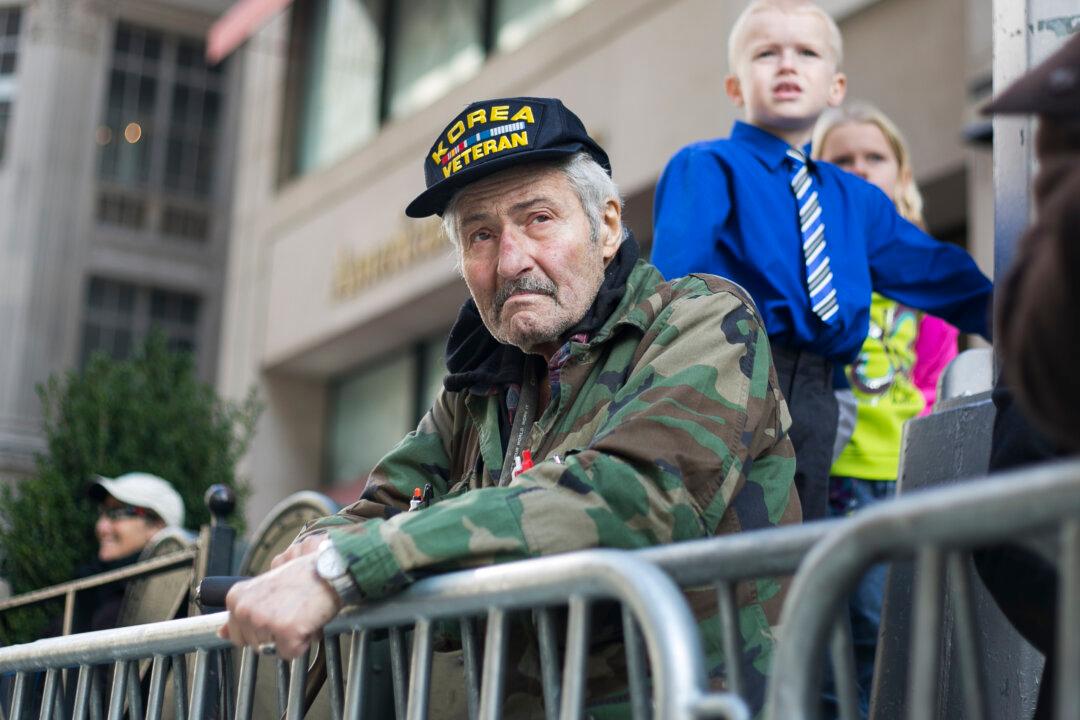WASHINGTON—Military service members can be exposed to many toxic substances in their occupations that most nonmilitary can’t fathom or appreciate.
Sen. Richard Blumenthal (D-Conn.), ranking member of the Senate Committee on Veterans Affairs (SVAC), said at a hearing on Sep. 29 that the modern battlefield has all sorts of toxic substances perilous even for the veteran not engaged in combat.
Service members, and sometimes their families, contract maladies, especially cancer, that manifests after leaving service. Then they must face the Department of Veterans’ Affairs, a bureaucracy that may be slow or unwilling to recognize the connection between the veteran’s illness and his or her exposure to a toxic substance during service.

Sen. Richard Blumenthal (D-Conn.) speaks Sep. 29 at a Senate Veteran Affairs Committee hearing about S.901, Toxic Exposure Research Act of 2015, a bill he co-sponsors with Sen. Jerry Moran. Sen. Blumenthal is the ranking member on the committee. Gary Feuerberg/ Epoch Times




